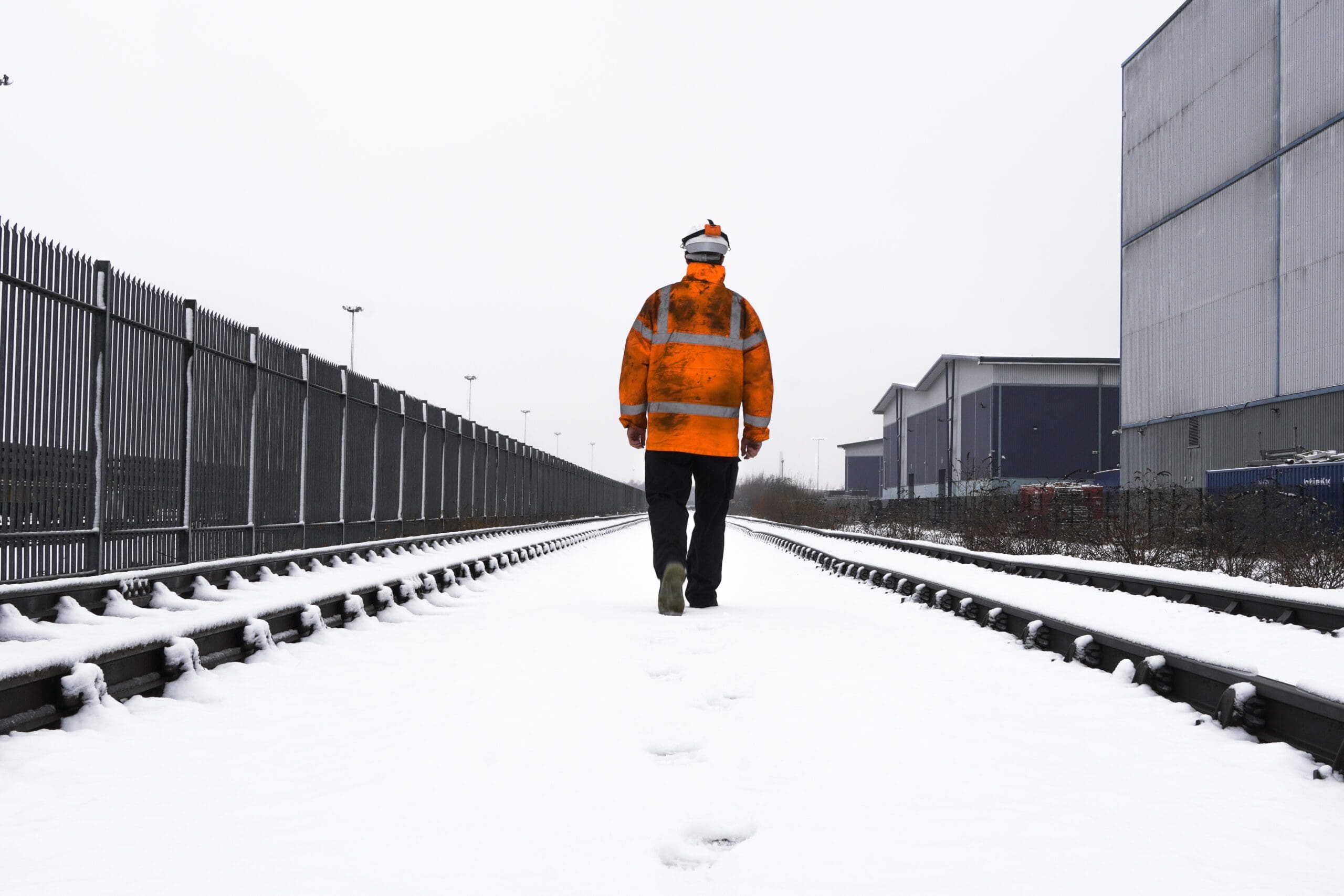Railroad Settlement - Interstitial Lung Disease
Long-term railroad workers are at risk of occupational lung diseases like pulmonary fibrosis. Prior to 2010, safety rules seldom required workers to wear masks that protected them from injury, exposing workers to exhaust fumes and dangerous fumes that come from idle engines.
Asbestos exposure as well as diesel exhaust and other workplace hazards can result in interstitial pulmonary disease. The symptoms can take a long time to manifest which makes it difficult to establish a direct link to be established between work history and disease.
Asbestos
Asbestos is made up of minerals that naturally occur and are widely used in the construction industry because of their fire retardant and corrosion-resistant properties. Exposure to these microfibers increases the chance of developing lung cancer, mesothelioma (a rare form of cancer that forms in the linings that protect organs) and asbestosis (scarring of the lungs). The signs of asbestos-related diseases may take up to 30 years before they appear.
When asbestos is disturbed, fibers break down into tiny, elongated particles known as fibrils. The fibrils can be inhaled easily and lodge deep inside the lungs. When they cause irritation, the lungs develop scar tissue, which makes breathing difficult. Inhaling union pacific settlements of asbestos from the air over a long period of time also increases the likelihood of developing mesothelioma. Mesothelioma is rare and aggressive form of lung cancer that affects the lining of the lungs.
Asbestos is banned, but railroad corporations still fight FELA claims made by railroad workers and their family members because they knew asbestos was a danger. The evidence from the past suggests that many railroads knew they were exposing workers to asbestos, even after learning that the substance caused mesothelioma and other health problems. This could constitute negligence that is liable to railroad workers and their families to compensation. Call an Virginia railroad injury lawyer today to learn more about filing an FELA lawsuit if you've been on trains before.
Diesel Exhaust
Since the 1940s, diesel engines have been the primary source of power for trains in America. Before that, trains utilized coal to create toxic black soot which workers took in regularly.
Diesel exhaust fumes consist of with ultrafine and combustible gases. The chemical compounds in diesel exhaust gas change from gaseous to liquid, vapor, or tiny particles. These particles are breathed in by the lungs, which causes irritation of lung tissue over time.
If this happens, it could result in a lung condition known as railroad worker's interstitial pulmonary disorder (ILD). Long-term exposure of diesel exhaust could also increase the risk of developing COPD.
Diesel engine smoke contains hundreds of different chemicals such as sulfur dioxide, nitrogen oxides carbon monoxide, and sulfur dioxide. They also produce polycyclic aromatic hydrocarbons, which can cause cancer. The fine particles in diesel exhaust can irritate the lung and cause inflammation.
The toxins remain in the air in spite of the fact that diesel pollution has significantly reduced by the use of cleaner fuels and catalytic convertors. They can contribute to ground level ozone which can cause breathing problems for people as well as cause damage to trees, crops, and vegetation. union pacific settlements can cause acid rain, which damages the quality of water in rivers, streams and lakes.
Smoking
Smoking is a major cause of a variety of serious health issues. Smoking can damage the tiny air sacs in the lungs called alveoli. The lungs are damaged because of their ability to absorb oxygen, which makes breathing more difficult.
Pulmonary fibrosis is an interstitial lung condition characterized by scarring of the lungs which prevents the lungs from providing oxygen to the rest of the body. railroad injury settlement amounts progresses, and can cause breathing problems, fatigue as well as coughing, sneezing, and rubbing fingers and toes. It could lead to death if not treated.
Railroad workers are at high risk of developing interstitial lung diseases such as asthma, pulmonary fibroids, emphysema, and COPD. They could also be exposed to asbestos-related toxic fumes and materials at their workplace and diesel exhaust fumes. These toxic exposures can cause mesothelioma and cancer, among other health conditions.

Railroad companies could have prevented hundreds of thousands of railroad workers from developing fatal and debilitating lung diseases such as pulmonary fibrosis, by providing them with adequate respiratory protection. Failure to provide it is negligence under the Federal Employers Liability Act.
Other Exposures
Other conditions, such as rheumatoid arthritis and autoimmune disease, can also lead to interstitial pulmonary disease. Certain medications can also increase the chance of developing pulmonary fibrosis as well as other respiratory conditions. You are exposed to a variety of dangers, including oil chemicals, and fumes, if you work in the rail yard. These exposures can trigger silicosis, which is scarring of the lungs similar to asbestosis. If the condition gets worse, it can lead to right-sided heart failure (cor pulmonale) because your heart has to work harder than usual to pump blood through blocked blood vessels. This can eventually lead to respiratory failure and death.
